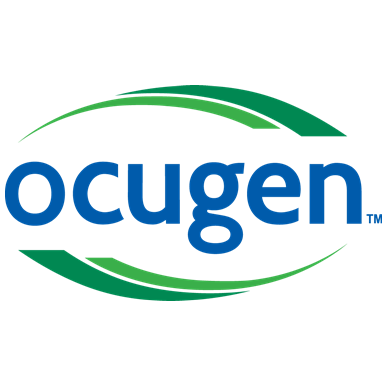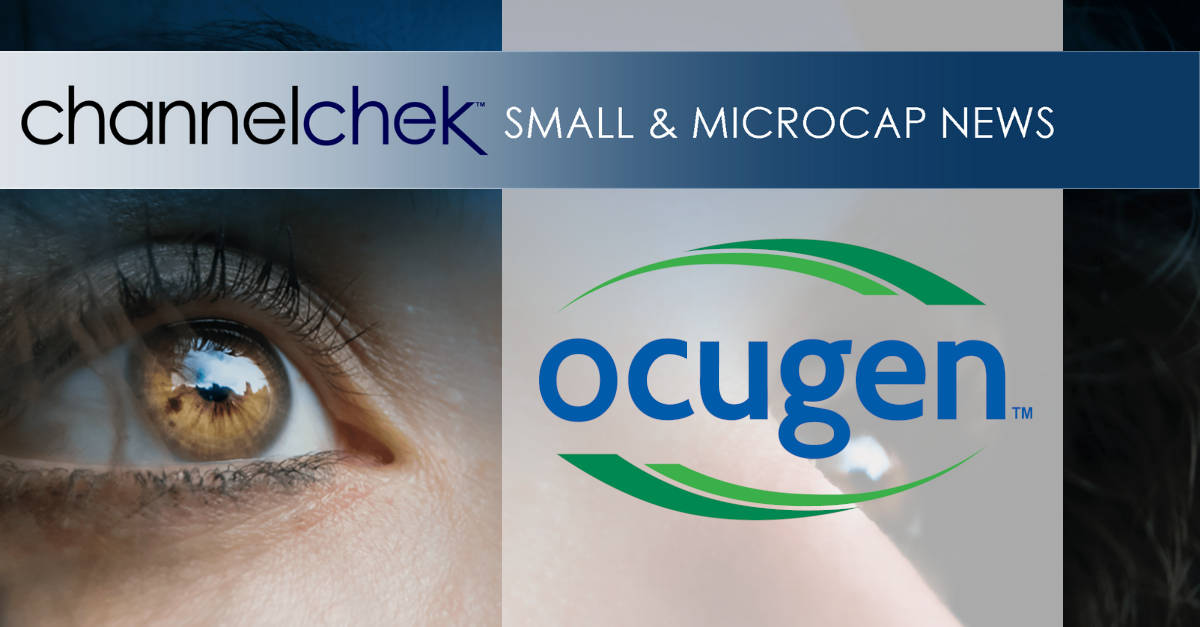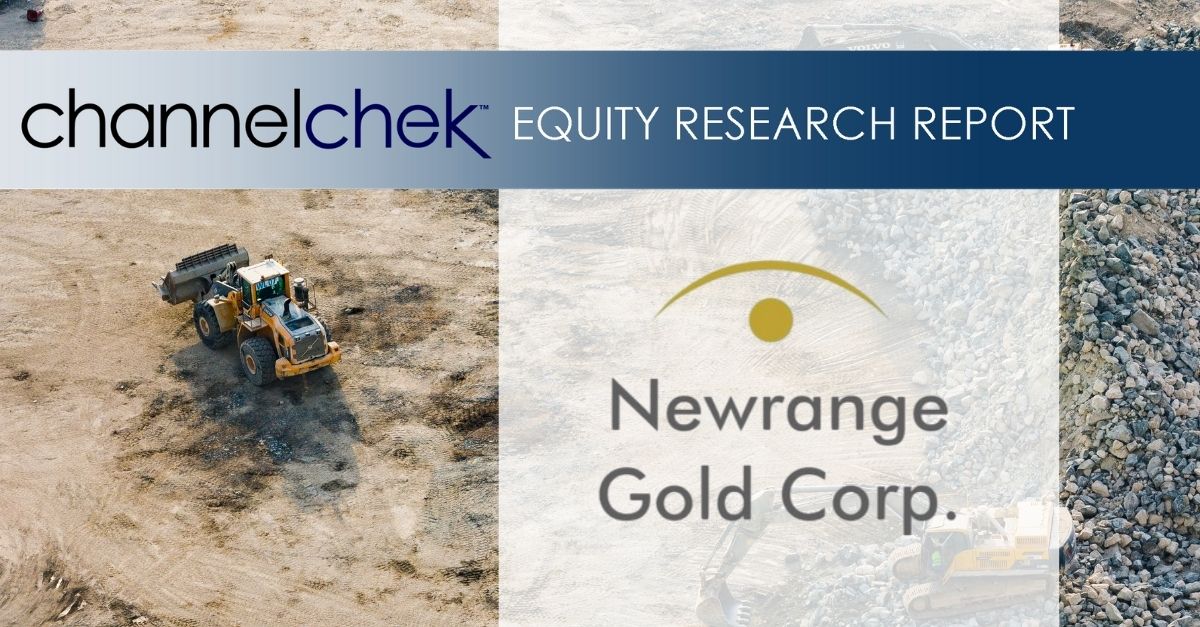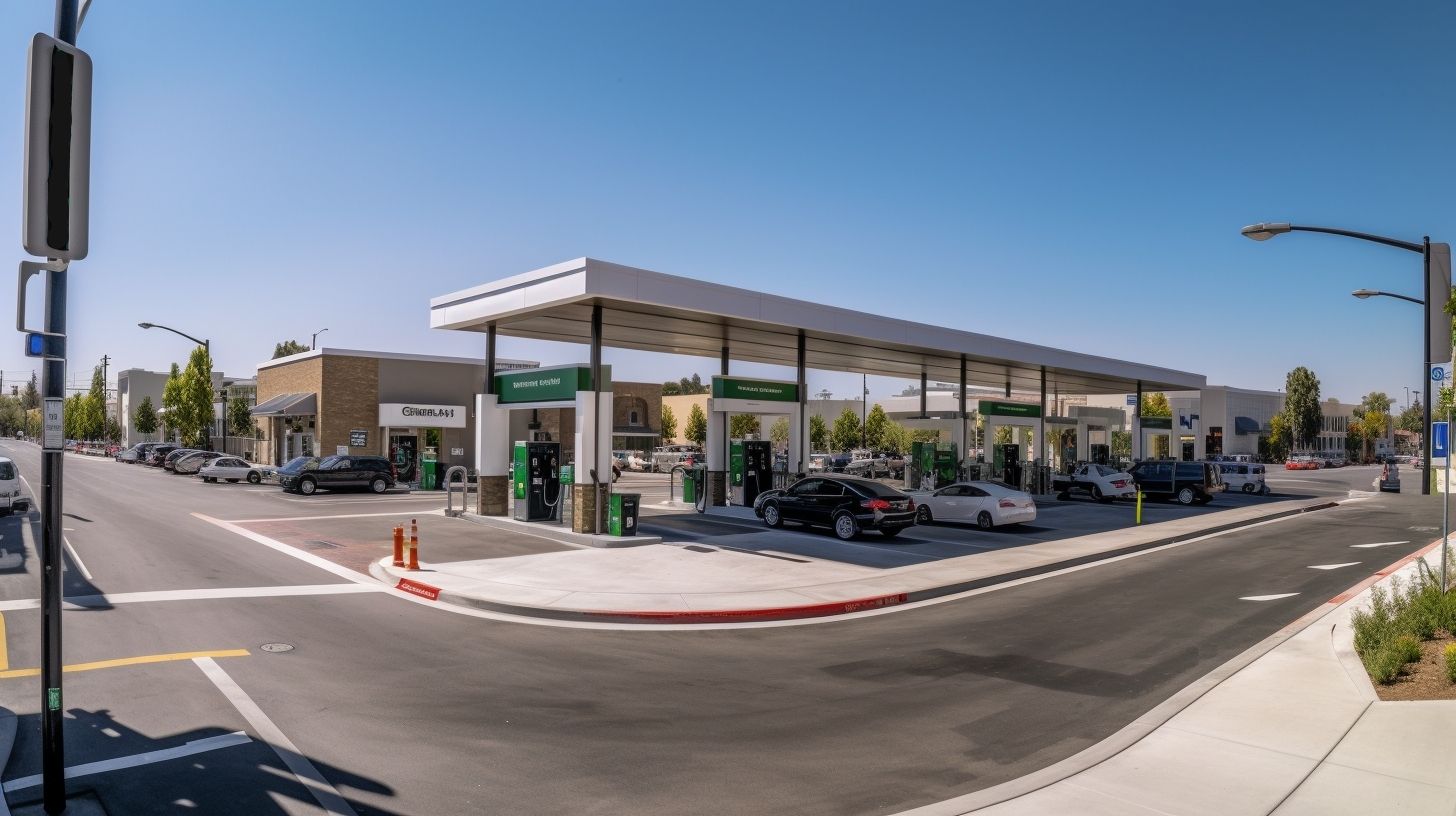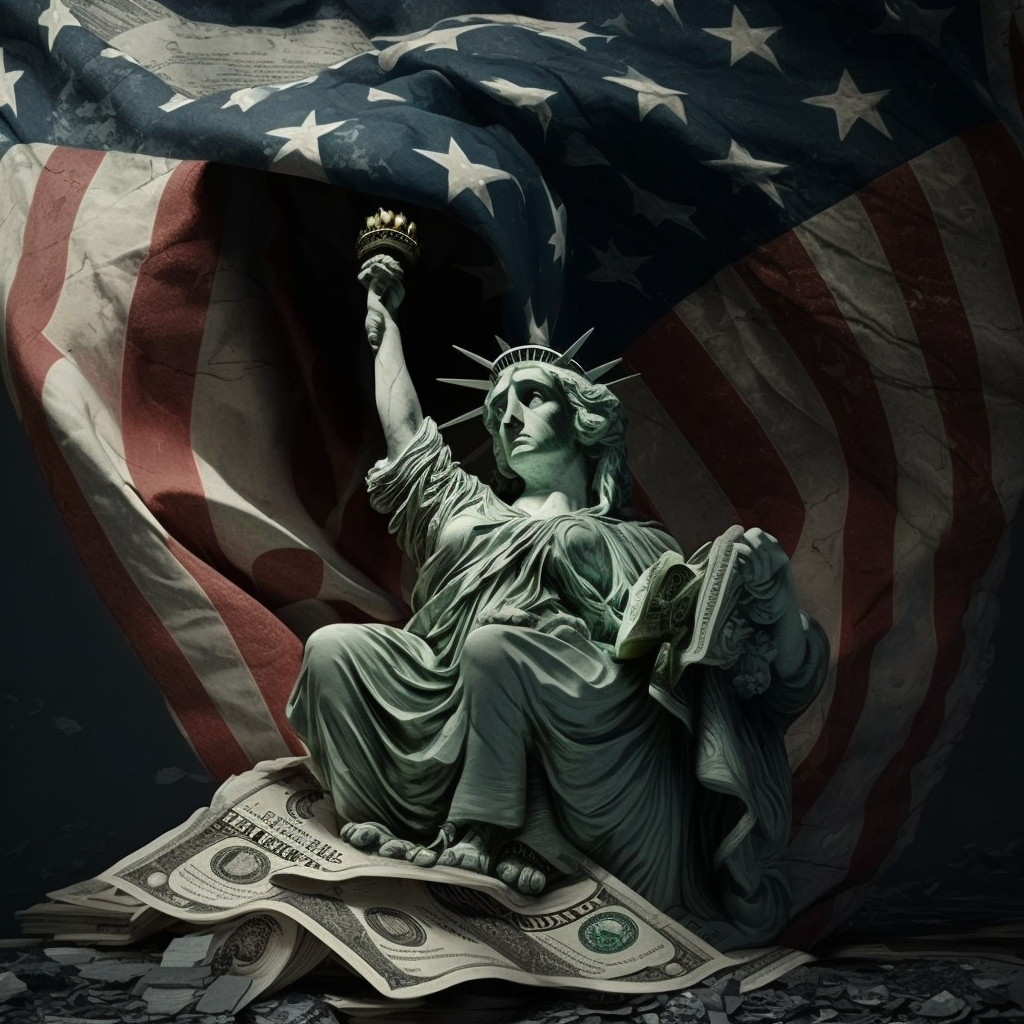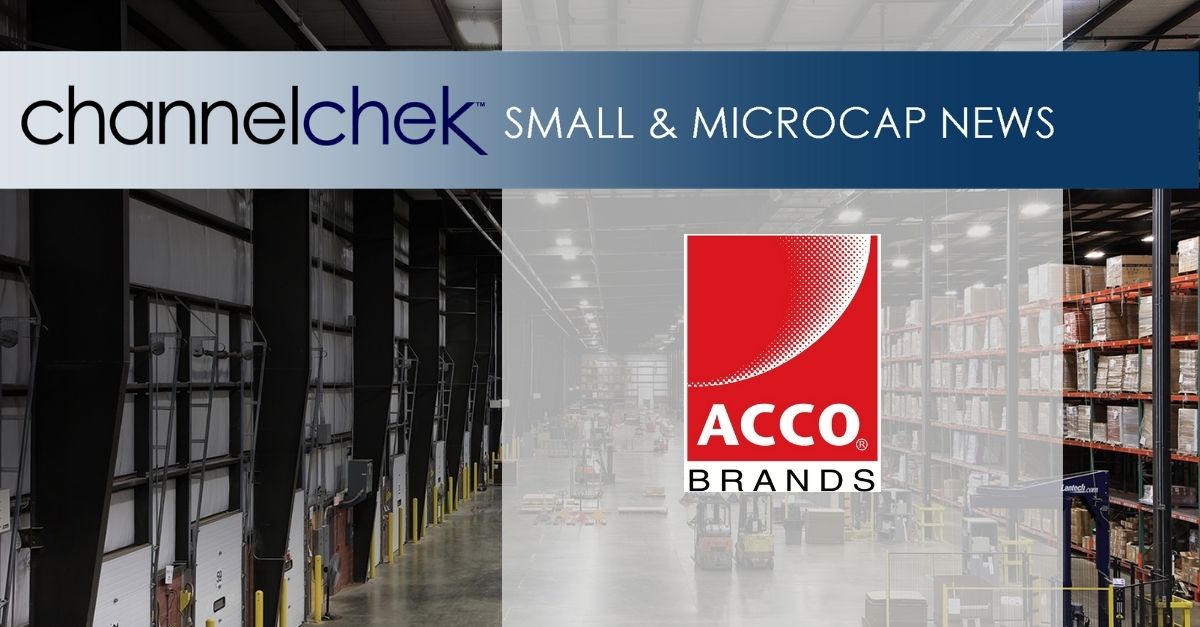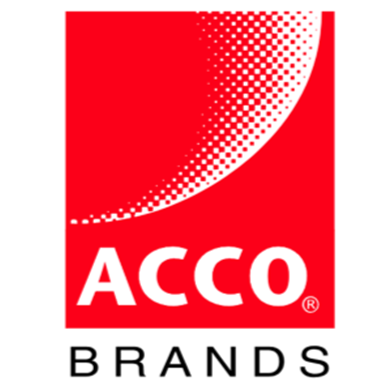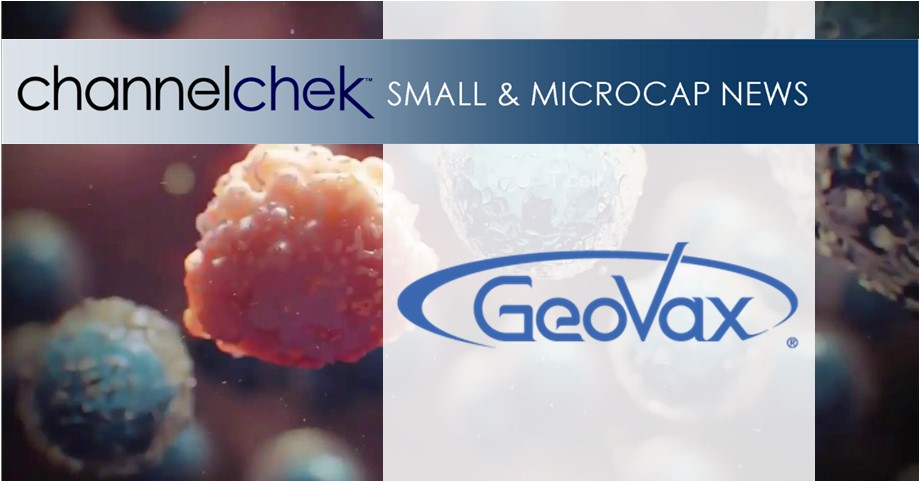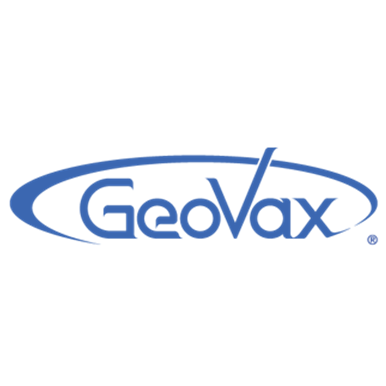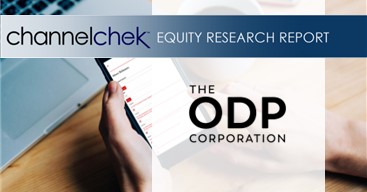Research News and Market Data GOVX
- Last updated: 19 September 2023 13:26
- Created: 19 September 2023 15:09
- Hits: 72
Data Published from Phase 2 Open-Label Study of GEO-CM04S1
ATLANTA, GA, September 19, 2023 – GeoVax Labs, Inc. (Nasdaq: GOVX), a biotechnology company developing human vaccines and immunotherapies against infectious diseases and cancer, announced today the publication of data from the ongoing Phase 2 trial of its next-generation COVID-19 vaccine (GEO-CM04S1) in the journal Vaccines. The article, authored by researchers at the City of Hope National Medical Center, can be accessed here: GEO-CM04S1 Publication.
The Phase 2 clinical trial (ClinicalTrials.gov Identifier: NCT04977024) is evaluating the safety and immunogenicity of GEO-CM04S1, compared to either the Pfizer/BioNTech or Moderna mRNA-based vaccine, in patients who have previously received either an allogeneic hematopoietic cell transplant, an autologous hematopoietic cell transplant or chimeric antigen receptor (CAR) T cell therapy (i.e., patients who have reduced immune system function as a result of treatment). These patients have significantly compromised immune system function and generally respond at suboptimal levels after receiving currently available COVID-19 vaccines. As such, these patients are at greater risk for developing severe disease if infected and would likely benefit from the types of immune responses induced by the GEO-CM04S1 vaccine, which are more broadly specific and include activation of both the antibody and T cell arms of the immune system.
The article, titled “Stimulation of Potent Humoral and Cellular Immunity via Synthetic Dual-Antigen MVA-Based COVID-19 Vaccine COH04S1 in Cancer Patients Post Hematopoietic Cell Transplantation and Cellular Therapy”, describes the immune response analyses conducted on the open-label portion of the Phase 2 trial, indicating that GEO-CM04S1 (referred to as COH04S1 in the article) is highly immunogenic in these immunocompromised patients, inducing potent humoral (antibody) and cellular (T cell) responses, including neutralizing antibodies against SARS-CoV-2 ancestral virus and variants of concern, including the highly immune-evasive Omicron XBB 1.5 variant.
David Dodd, GeoVax Chairman and CEO, commented, “The data presented in this publication confirm our earlier findings in healthy adults and give us confidence that we are on the right path. Protecting individuals at highest risk in our society requires next-generation vaccines, specifically with more robust immune responses, durable protection, and the ability to address continued emerging variants. The mRNA vaccines and monoclonal antibody therapies have been shown to be inadequate in providing protective immunity in such immunocompromised patients. Variants will continue to emerge, and the public health community will continue to be challenged to minimize the infection impact, thereby reducing the risk of severe disease, hospitalizations and death. Vaccines that are “variant-agnostic” such as GEO-CM04S1 will increasingly be critical to reducing such risks, protecting the most vulnerable populations and improving our ability to overcome such infectious threats.”
About GEO-CM04S1
GEO-CM04S1 is based on GeoVax’s MVA viral vector platform, which supports the presentation of multiple vaccine antigens to the immune system in a single dose. GEO-CM04S1 encodes for both the spike (S) and nucleocapsid (N) antigens of SARS-CoV-2 and is specifically designed to induce both antibody and T cell responses to those parts of the virus less likely to mutate over time. The more broadly functional engagement of the immune system is designed to protect against severe disease caused by continually emerging variants of COVID-19. Vaccines of this format should not require frequent and repeated modification or updating.
In addition to the ongoing Phase 2 study in hematological cancer patients, GEO-CM04S1 is being evaluated in two other Phase 2 clinical trials:
- As a booster vaccine for healthy patients who have previously received the Pfizer or Moderna mRNA vaccine. gov Identifier: NCT04639466. GeoVax recently announced that this trial has met its targeted patient enrollment.
- As a booster vaccine in immunocompromised patients with chronic lymphocytic leukemia (CLL), a recognized high-risk group for whom current mRNA vaccines and monoclonal antibody (MAb) therapies appear inadequate relative to providing protective immunity. ClinicalTrials.gov Identifier: NCT05672355.
Further underscoring the need for next-generation COVID-19 vaccines such as GEO-CM04S1, GeoVax scientists co-authored an article titled, “MVA-Vectored Universal Beta-Coronavirus Vaccine Design & Development”, published in the June 2023 issue of the online journal Vaccine Insights. The article, accessible here, provides expert insight into the emergence of SARS-CoV-2 (COVID-19), the risk of new “spillover events” from animal hosts, and how this risk can be addressed proactively. Regarding COVID-19 and its continually evolving variants, the authors describe the limitations of first-generation vaccines and the potential for MVA-vectored vaccines such as GEO-CM04S1 to overcome these limitations.
About GeoVax
GeoVax Labs, Inc. is a clinical-stage biotechnology company developing novel therapies and vaccines for solid tumor cancers and many of the world’s most threatening infectious diseases. The company’s lead program in oncology is a novel oncolytic solid tumor gene-directed therapy, Gedeptin®, presently in a multicenter Phase 1/2 clinical trial for advanced head and neck cancers. GeoVax’s lead infectious disease candidate is GEO-CM04S1, a next-generation COVID-19 vaccine targeting high-risk immunocompromised patient populations. Currently in three Phase 2 clinical trials, GEO-CM04S1 is being evaluated as a primary vaccine for immunocompromised patients such as those suffering from hematologic cancers and other patient populations for whom the current authorized COVID-19 vaccines are insufficient, and as a booster vaccine in patients with chronic lymphocytic leukemia (CLL). In addition, GEO-CM04S1 is in a Phase 2 clinical trial evaluating the vaccine as a more robust, durable COVID-19 booster among healthy patients who previously received the mRNA vaccines. GeoVax has a leadership team who have driven significant value creation across multiple life science companies over the past several decades. For more information, visit our website: www.geovax.com.
Forward-Looking Statements
This release contains forward-looking statements regarding GeoVax’s business plans. The words “believe,” “look forward to,” “may,” “estimate,” “continue,” “anticipate,” “intend,” “should,” “plan,” “could,” “target,” “potential,” “is likely,” “will,” “expect” and similar expressions, as they relate to us, are intended to identify forward-looking statements. We have based these forward-looking statements largely on our current expectations and projections about future events and financial trends that we believe may affect our financial condition, results of operations, business strategy and financial needs. Actual results may differ materially from those included in these statements due to a variety of factors, including whether: GeoVax is able to obtain acceptable results from ongoing or future clinical trials of its investigational products, GeoVax’s immuno-oncology products and preventative vaccines can provoke the desired responses, and those products or vaccines can be used effectively, GeoVax’s viral vector technology adequately amplifies immune responses to cancer antigens, GeoVax can develop and manufacture its immuno-oncology products and preventative vaccines with the desired characteristics in a timely manner, GeoVax’s immuno-oncology products and preventative vaccines will be safe for human use, GeoVax’s vaccines will effectively prevent targeted infections in humans, GeoVax’s immuno-oncology products and preventative vaccines will receive regulatory approvals necessary to be licensed and marketed, GeoVax raises required capital to complete development, there is development of competitive products that may be more effective or easier to use than GeoVax’s products, GeoVax will be able to enter into favorable manufacturing and distribution agreements, and other factors, over which GeoVax has no control.
Further information on our risk factors is contained in our periodic reports on Form 10-Q and Form 10-K that we have filed and will file with the SEC. Any forward-looking statement made by us herein speaks only as of the date on which it is made. Factors or events that could cause our actual results to differ may emerge from time to time, and it is not possible for us to predict all of them. We undertake no obligation to publicly update any forward-looking statement, whether as a result of new information, future developments or otherwise, except as may be required by law.
Investor Relations Contact:
GeoVax Labs, Inc.
investor@geovax.com
678-384-7220
Media Contact:
Susan Roberts
sr@roberts-communications.com
202-779-0929
